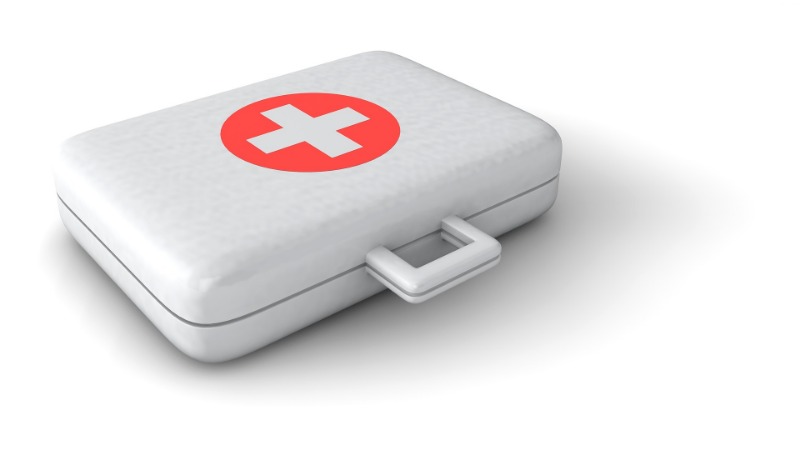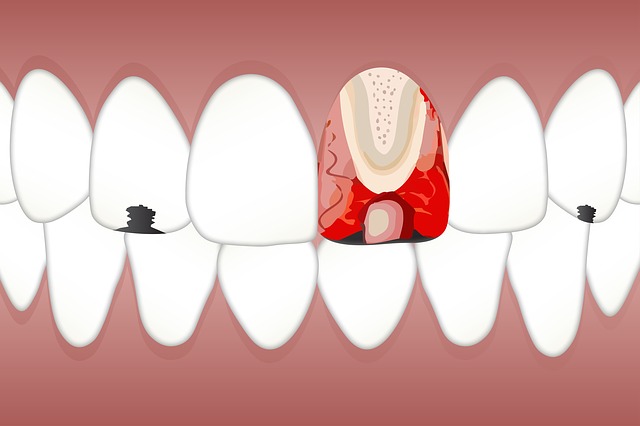
A dental emergency is when you have a serious tooth or gum problem which has to be treated. There is either intolerable pain or unusual swelling inside the mouth or outside that needs medical attention.
Sometimes it may not be possible to get to your dentist in Glendale to seek immediate medical assistance. But you need not worry. Until you can get to the dentist’s office, there are a few steps you can take to get immediate relief.
Dr. Sahakyan, a specialized Emergency Dentist in Glendale, offers guidance on how you can handle a dental emergency.
Have a Dental Emergency: Steps to Follow

There could be a number of dental situations when you feel the urgency to see a dentist.
1. Swelling of the face – This could happen either in case of a tooth, bone, or gum infection.
What You Should Do – An infection of any kind needs immediate dentist attention. Until you can see your dentist in Glendale, try applying clove oil to the infected area. This will help reduce swelling and lessen pain.
2. Broken tooth – This may happen due to an injury caused by an accident.
What You Should Do – If the area where the tooth has been knocked out is bleeding, apply a cold compress with an ice pack. You can also place a small gauze piece to fill up the space until you see your Glendale dentist. Keep the broken tooth safe and don’t delay going to the dental office. It needs to be taken care of at the earliest.
3. Mouth bleeding – It could be a sign of gum disease, also known as Gingivitis.
What You Should Do – Sit upright. If you need to lie down, lie flat on your back. Keep your head lifted up. Try using a cold compress to stop bleeding until you can see a dentist. Dr. Sahakyan will be able to guide you on the possible cause of bleeding. In the case of Gingivitis, the procedure for treatment needs to be performed without delay to avoid loss of teeth.
4. Gum abscess – If you see a pimple-like formation on the gum that’s yellow, red, or colorless, your tooth or gum could be infected. You might need a root canal or tooth extraction.
What You Should Do – Try not to squish the abscess as you would a pimple. You can brush and floss the area as usual though. Fix an appointment with an Emergency Dentist in Glendale at the earliest.
5. Injury During Dental Procedure – It could be unusual but possible. Sometimes even a slight injury caused by a mistake inside the mouth may result in infection. Therefore, look for signs or symptoms that feel even slightly unusual. If there’s excessive pain or swelling that persists for even days after the procedure, you’d know.
What You Should Do – Ideally, you should go back to the dentist or dental surgeon who carried out the procedure. They’d be the best judge of the situation and can help correct it. In the meantime, to stop bleeding of any kind, stick to cold compress treatment.
6. Toothache – It could be either due to cavities, tooth decay, gum disease, or bruxism (excessive grinding of teeth).
What You Should Do – The very first sign you might notice is inflammation or swelling. Before going to the best dentist in Glendale, try to bring down the swelling at home. You may use a cold compressor pack or apply clove oil on the tooth area that hurts.
Anyhow, it’s best to always consult your Glendale dentist Dr. Sahakyan at the earliest in case of all the above-mentioned emergencies at 818-578-2324.
